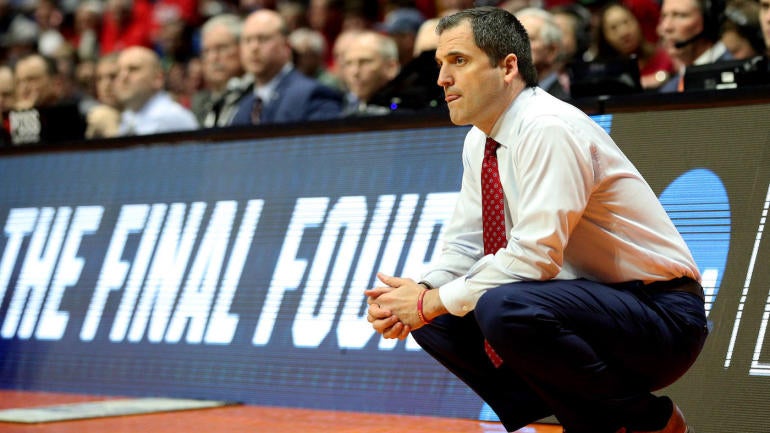Well, I guess I'll finally come in and say something, that was a tough one to swallow and didn't think posting in here was probably a good idea given the mood I was in. After watching about every game this year, I really didn't think we would be a one and out team. I was concerned about our health and energy after a brutal B1G tournament, but thought we'd push through to win an ugly one. Frankly, I didn't even recognize that team out there, looked nothing like the rest of the season for the most part. The heat check for Duane was a harsh one and nobody else stepped up in his absence aside from Liddell. Having Young out hurt big time on a lot of the loose ball hustle plays that I didn't see us getting.
Not sure how I'm going to look back on this season. It was a really fun season and one that I think will help advance the program. But to end it on that note will be tough to ignore. In any event, thanks for the memories boys, we didn't lose on lack of effort. Just the perfect storm on an off day for Oral Roberts. On to the next season.






